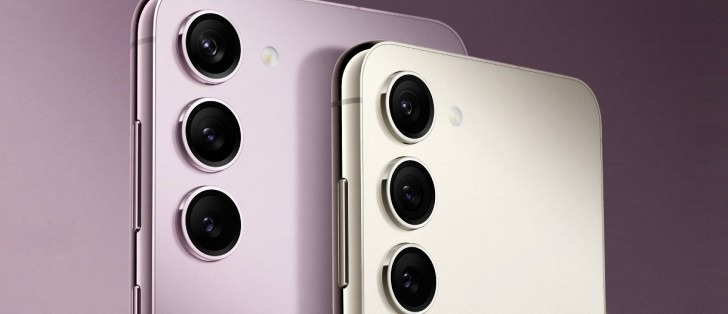The latest Samsung Galaxy phones still don’t support seamless update
Google’s seamless update feature, launched in 2016, allows Android to install upgrades in the background, which are subsequently implemented at a subsequent reboot. It is often longer than a conventional update procedure, but it adds a degree of safety to the update process by allowing the A/B divisions to be reverted if something goes wrong.

Looking at how old the seamless update feature is now, one would expect Samsung to include it in their flagships, sadly, that’s not the case. The Samsung Galaxy S22 lacked this feature and the latest Samsung Galaxy phones, the Samsung Galaxy S23 series, is lacking it as well which makes this the sixth time the feature is missing out on the flagships.
Reason for the absence of a seamless update feature on the latest flagships
Samsung is widely expected to forego seamless upgrades owing to storage concerns, as the function tends to suck up additional space. Of course, if that were the only issue, one could ask why it’s still in place considering that Samsung is phasing out 128GB storage tiers. Meanwhile, Samsung’s system files use over 50GB on our Galaxy S23 Ultra, which is an increase over last year’s Galaxy S22 Ultra, which consumed over 30GB due to system files.

So that’s bye to the seamless update for Galaxy S23, probably the Galaxy S24(if there would be any) will be taking up this feature – missing it for the 7th time might just make the number 7 imperfect. Meanwhile, Google is still working on seamless updates, with information leaked late last year indicating significant improvements to the speed of upgrades that would appear in future Pixel handsets.

